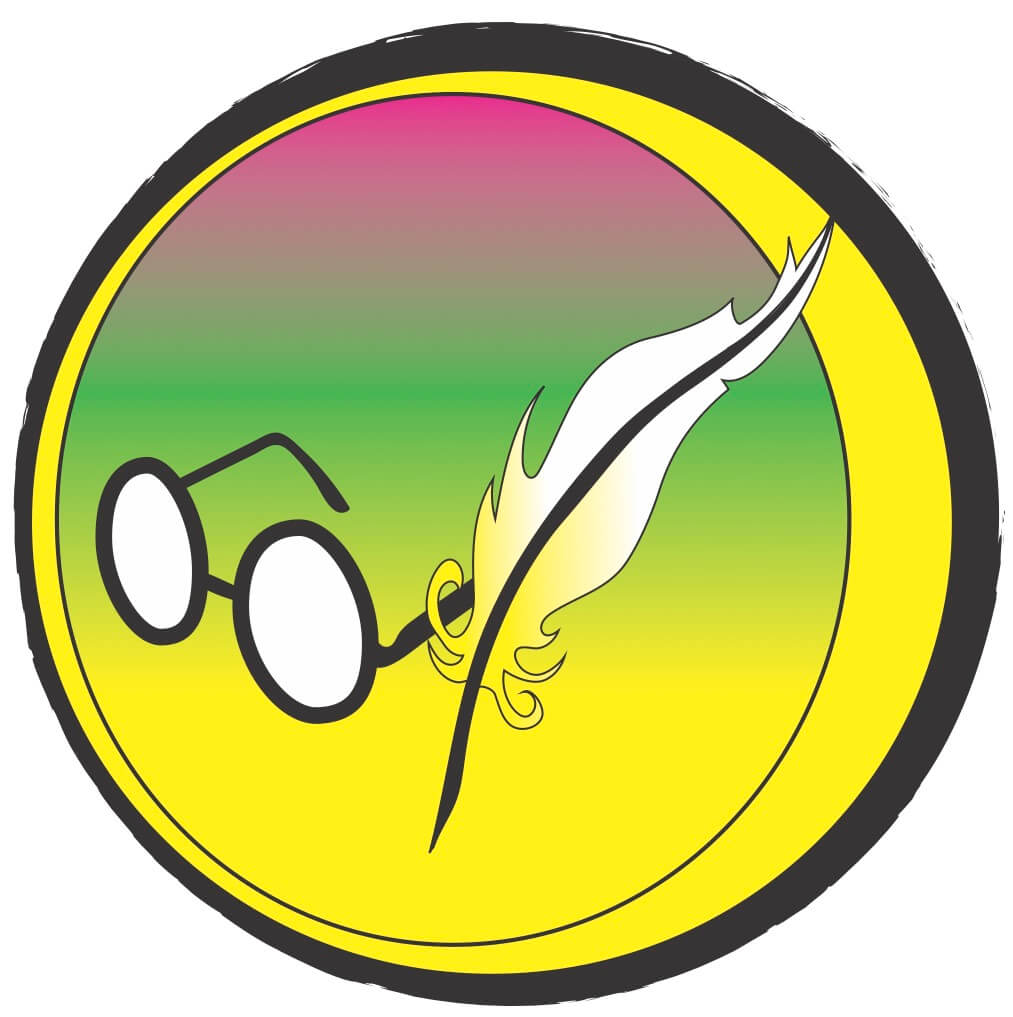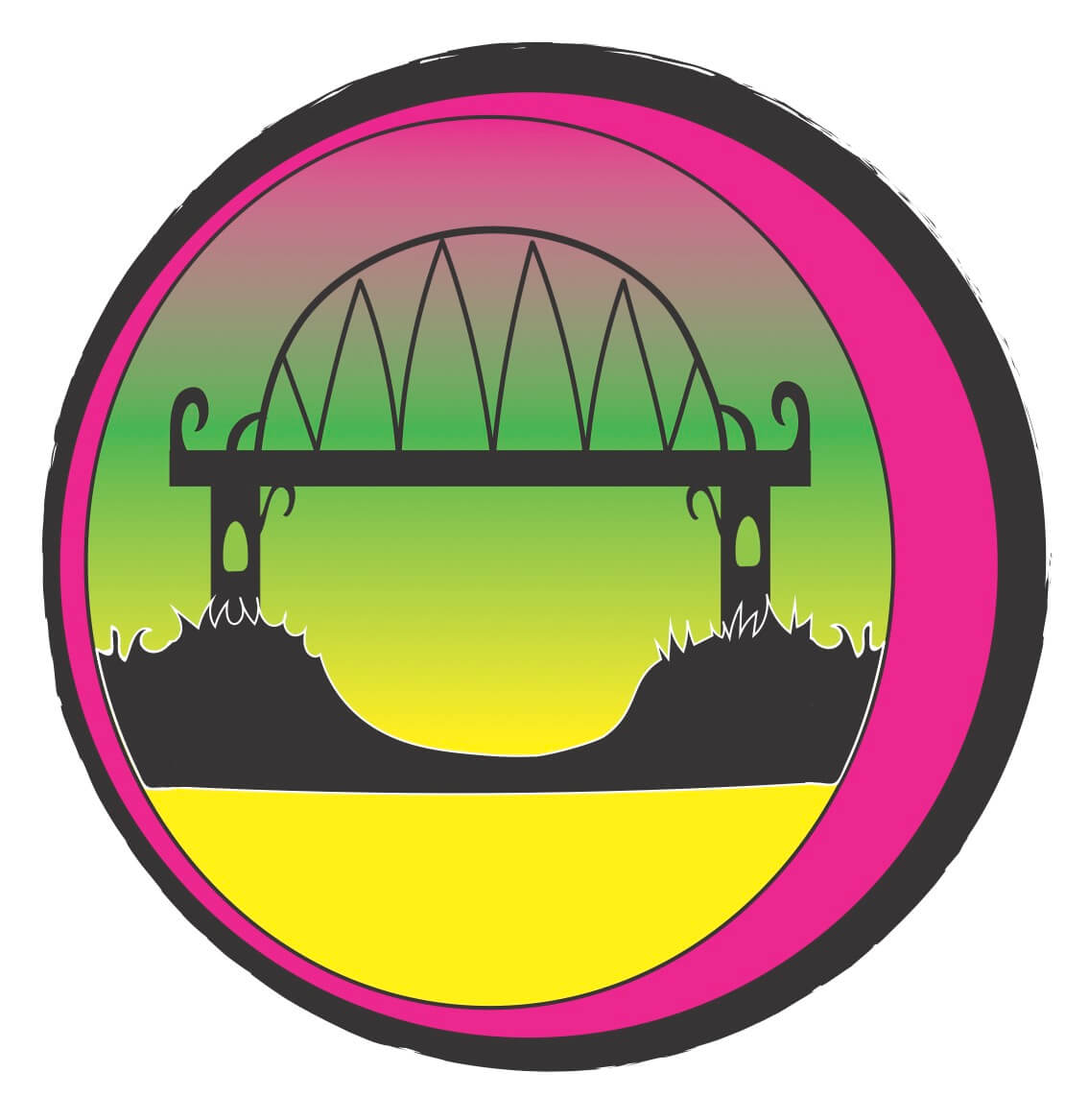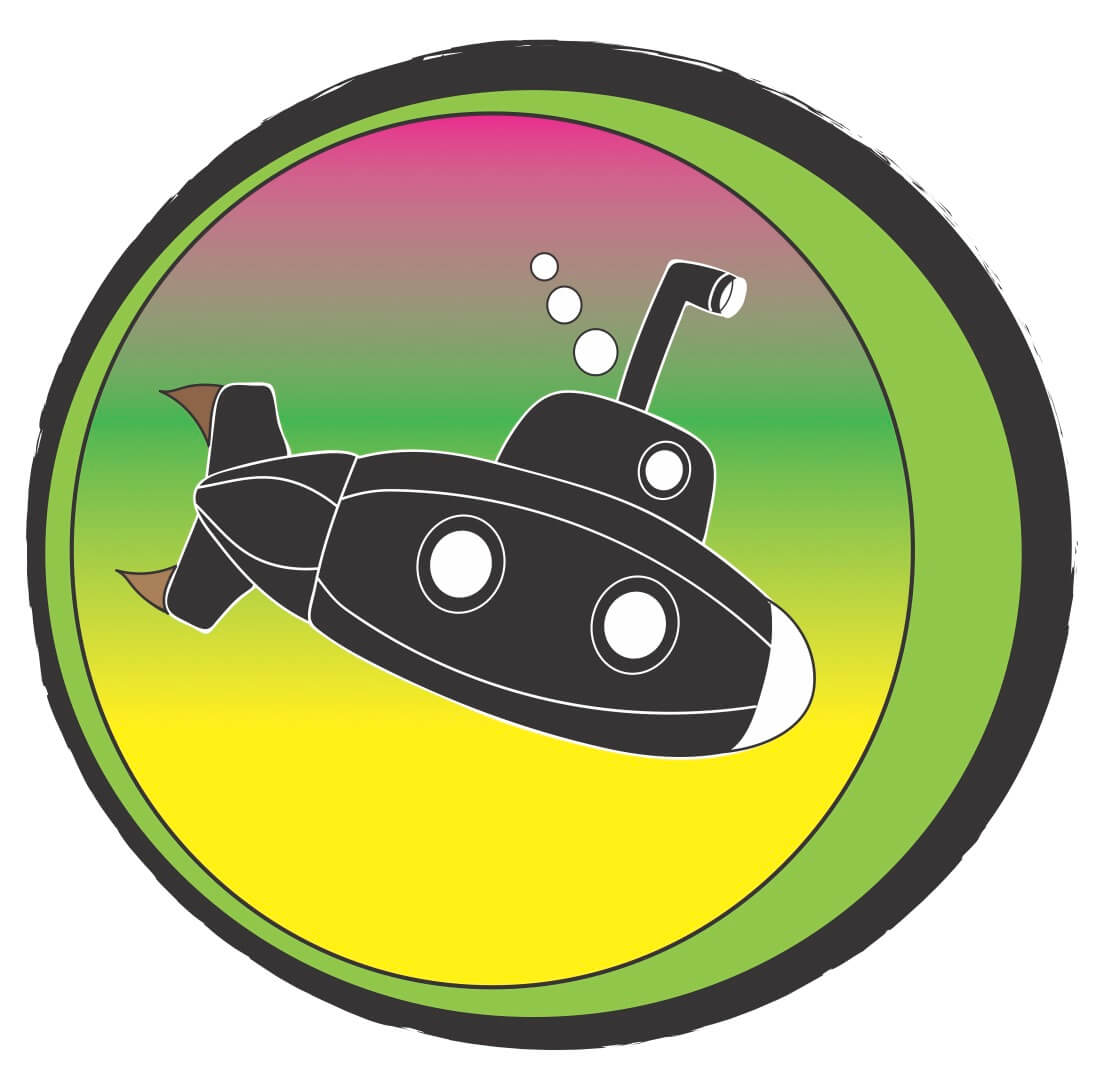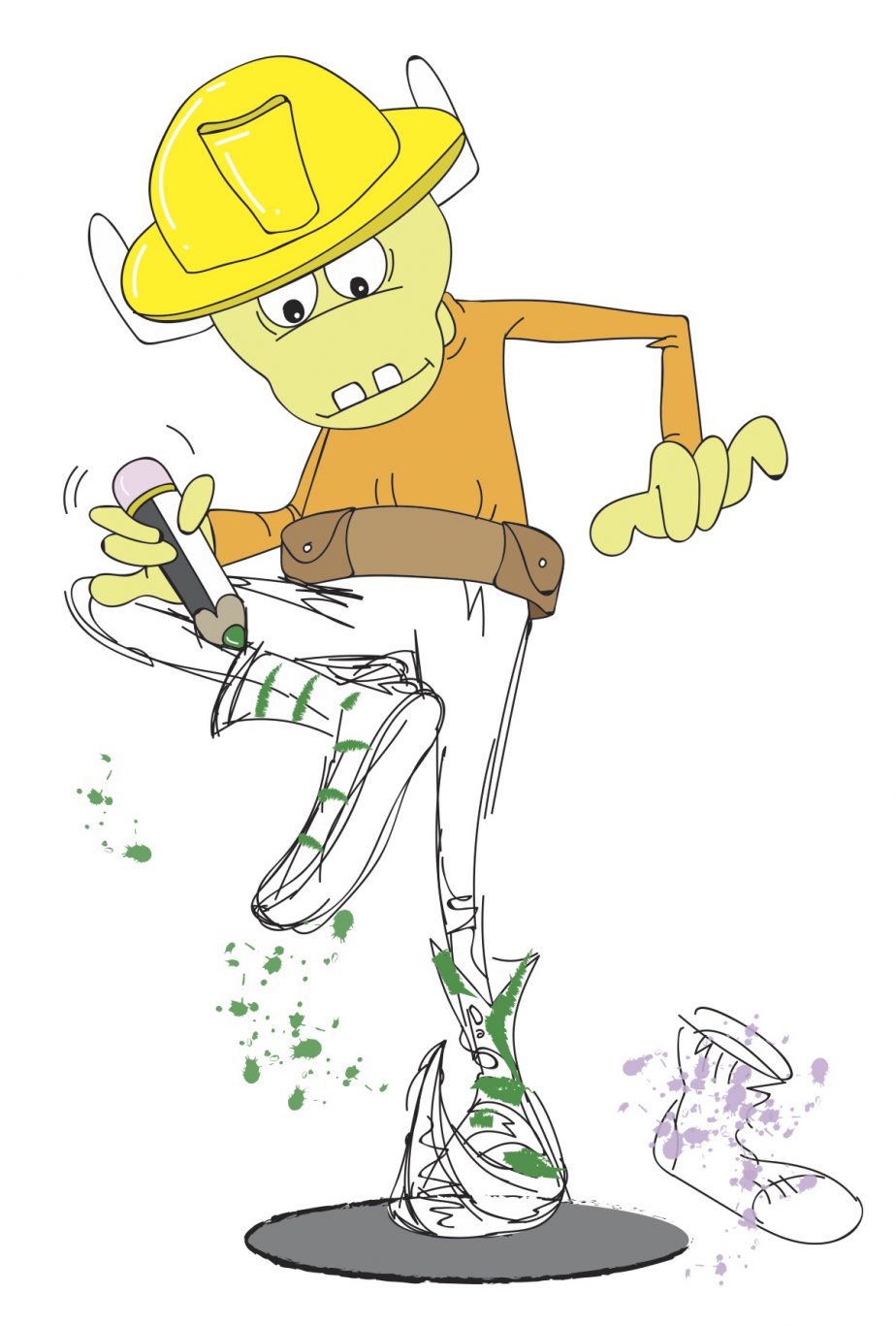All images in BCW blogs and the DIG model are © 2016 beconwiz.com
They can not be used, downloaded or copied for any purpose without permission.
What is constructivist learning? An introduction to inquiry
When running inquiry-based workshops a frequent request is for some dot point ways to identify the differences between inquiry-based teaching/learning and other teaching approaches.
My experience is that most teachers’ practice moves somewhere along a continuum of very traditional teaching methods through the middle ranges of constructivist teaching right to the other end of the spectrum often described as discovery or experiential teaching.
We at BCW had the idea that we would take the central philosophical points of constructivist teaching/learning and do a weekly blog that might be of value to teachers as they decide where to position themselves on this continuum while engaged in their teaching work. It is not meant to be an exhaustive list, it is meant to draw out some of the particularities of inquiry based teaching and at the same time recognise that cultural and political contexts will be significant factors on teaching practice. It is not meant to invite ideas of invidious comparison between teaching approaches, but make a bit more visible inquiry based understandings that inform this BCW site.
Enjoy

D – Describe details
Looking at classrooms, teaching and learning at the D layer means looking at what could be seen if you glimpsed into a classroom. Then describing the details of what you see or what might be being experienced. It is the top layer of information.
Traditional Classroom
Describe what you see?
You would see the teacher at the front of the classroom delivering a lesson and students sitting in desks answering questions; skills and drills, worksheets; mistakes corrected
Constructivist Classroom
Describe what you see?
Students working in groups with a guiding question or learning intention; different learning approaches and a variety of hands-on materials available, time built in for reflection and sharing, teacher moving around questioning and scaffolding ideas; misconceptions analysed
Experiential Classroom
Describe what you see?
Students working on self-chosen projects; different learning approaches. Teacher as resource provider and all discoveries seen as ‘right’

I – It connects to… Inferences
Looking at classrooms, teaching and learning at the I layer means thinking about what the choices made by the teacher are connected to or what inferences could be drawn from what is seen happening in the classroom. It is the middle less obvious, more implied layer of information.
Traditional Classroom
It connects to… Inferences…
- Deductive teaching: Teacher led and centered; Generalisation or rule is given and then examples, then students repeat
- Teacher centred
- Skills, knowledge- Curriculum outcomes
- Learning is structured and hierarchical- vertical curriculum
Constructivist Classroom
It connects to… Inferences…
- Inductive:Teacher guided, linked to prior knowledge, goal or question lead- learning through testing to generate a big idea
- Learner centred
- Interests, attitudes, skills, knowledge and conceptual understandings- Curriculum outcomes
- Learning is structured and cyclical- spiral curriculum
Experiential Classroom
It connects to… Inferences…
- Learner centred
- Interests, attitudes, skills – Evolving curriculum developed in hind site
- Learning is free flowing; developing curriculum
- Inductive based in individual interest

G – Go Deeper
Looking at classrooms, teaching and learning at the G layer means reflecting on the how the educational philosophies helps by teachers and schools will play themselves out in the learners and teachers lives. It is the deepest layer of beliefs that underpin all the other layers.
Traditional Classroom
Go deeper. What does this mean for the student?
The power lies with the teacher; teacher is expert; ‘Right knowledge’ and answers are predefined and static
Constructivist Classroom
Go deeper. What does this mean for the student?
Teacher is mentor and student is apprentice, learning is co-researched and teacher is open to discovery not being the expert ; balance between wants, needs, interest and responsibilities
Experiential Classroom
Go deeper. What does this mean for the student?
Students direct the learning based on interests, but can leave gaps or misconceptions; students are heavily engaged in interests

TRY THIS:
Each week we will share some simple ideas for those teachers who want to try a more constructivist approach to learning. It might be a practical activity or a different way of positioning yourself in the learning community.
If you want to try the constructivist approach, think about a lesson you are about to teach this week.
Look at the curriculum outcome it is going to address and think about these questions:
• Why do the students need to learn this?
• What difference will it make for them in the real world?
• Who in the real world might need to know this?
• What is the big idea connected to this lesson?
• What might be some ways I could find out what my students already know about this topic?
• How could I use this as a starting point for discovering more?
Example using constructivism to introduce the reading strategy -Inferring
Why do the students need to learn this?
- Students need to know how to find the hidden ideas or perspectives in information in order to be critical thinkers
What difference will it make for them in the real world?
- In the real world we are presented with lots of information. We need to know how to locate the right there (evidence) and think-search (connections) details in information. Then we need to think what inference we can make using these two pieces of information. This will help learners look beyond the obvious and make more informed decisions
Who in the real world might need to know this?
- Scientists use inferences; consumers need to be aware of inferences in advertising and media; readers need to see what authors are inferring
What is the big idea connected to in this lesson?
- Inferring helps people think beyond the obvious and begin to examine and analyse points of view
- What might be some ways I could find out what my students already know about inferring? How might I use this as a starting point for discovering more?
- Ask students to think about how, or if, they believe there are ideas or perspectives hiding in books. Have the students explain or model how they might guess or identify hidden ideas in a book
- Have a set of bags. In each bag have several items that give a clue about a person’s role or interests (e.g. a bag with sunscreen, gloves, insect repellent, a hat and a packet of seeds. The clues might indicate that this person is interested in gardening or being outdoors).
- Then get the students to identify what they did to make those inferences. As a class write a set of instructions about how to make inferences, then test out and evaluate these ideas during reading, to see which ones work and which ones need reviewing.
In this way your students are being given a chance to deconstruct and then reconstruct their own ideas about inferring before you scaffold and extend these ideas.
